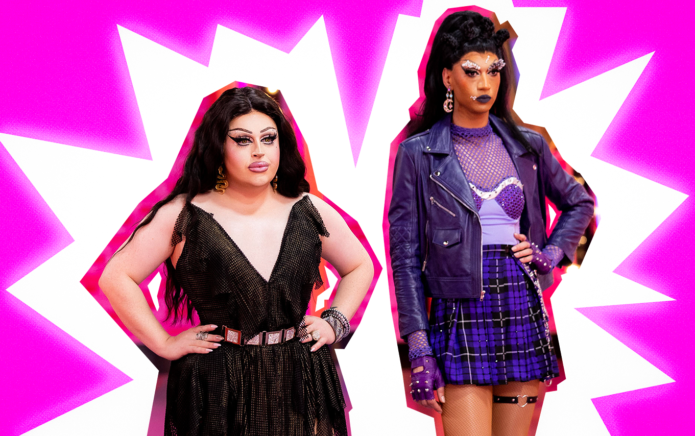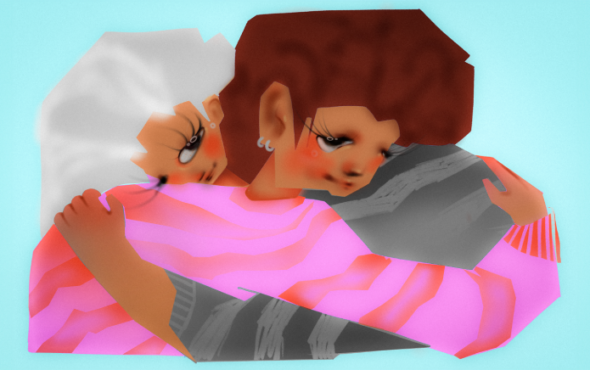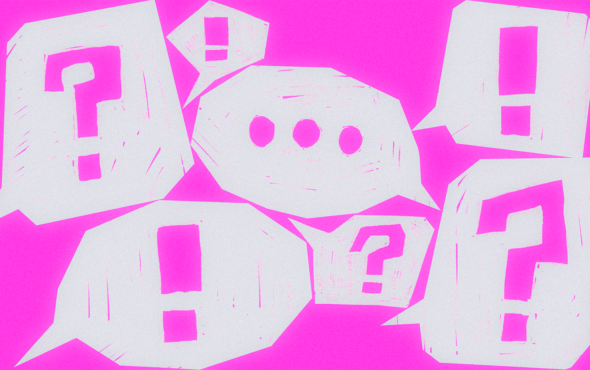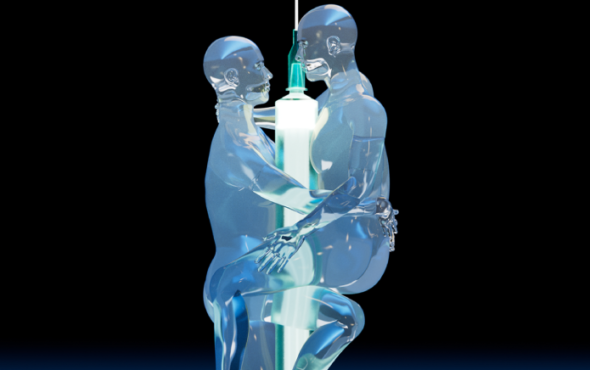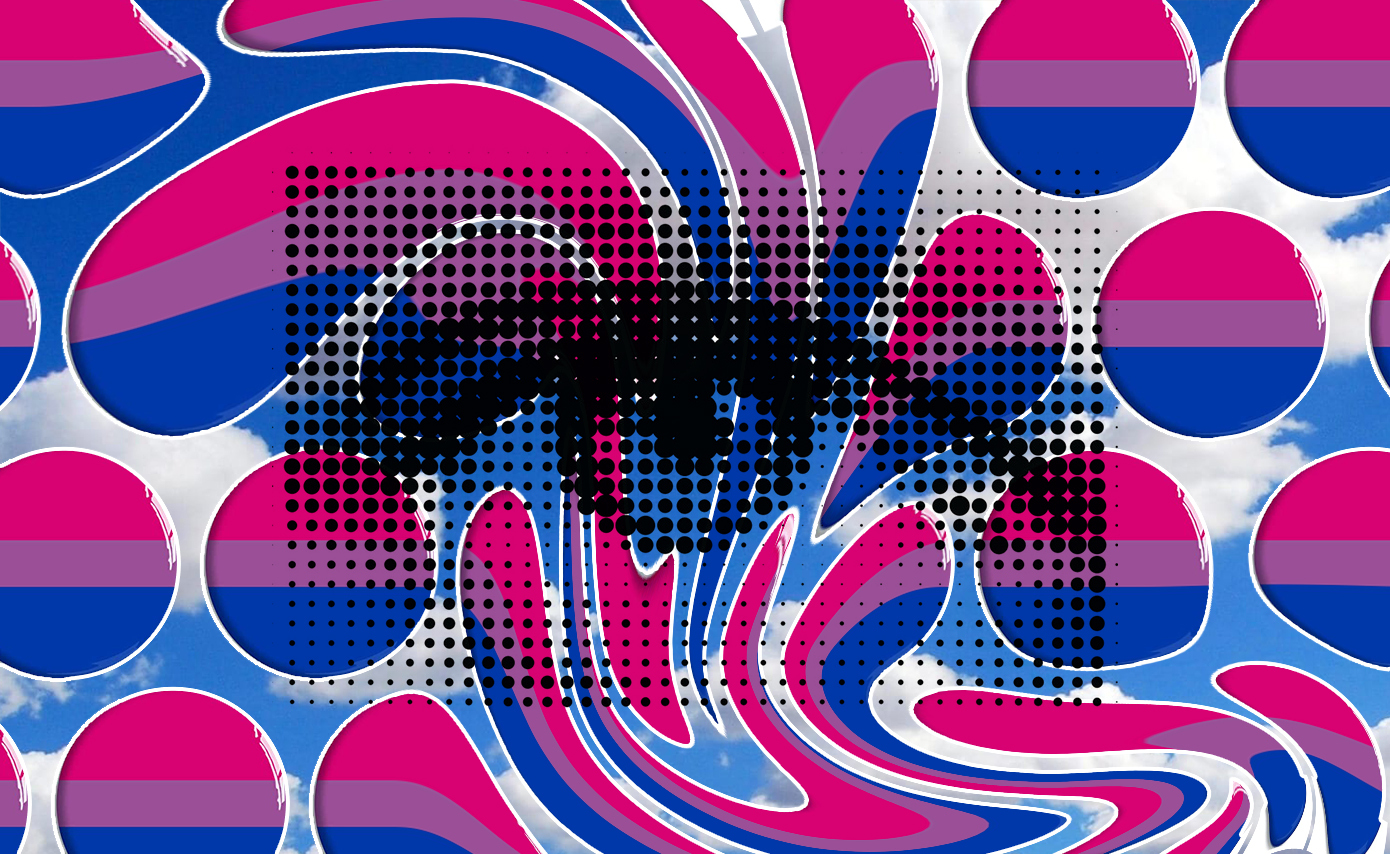
If you’ve been paying attention, today is Bi Visibility Day and the end of Bi Visibility Week, and the media has been working overtime to give us pieces like ‘Busting Myths about Bisexuality’ and ‘Here Are the Things NOT to Say to a Bisexual’ which are fine, other than the fact that this is what was done last year, and the year before that, and the year before that.
There is nothing inherently wrong with these pieces, as somehow in 2020, bisexuals are still striving to have our existence acknowledged. But it feeds into the issues with how Bi Visibility Week and Day are treated outside of the bisexual community. By only focusing on articles that set out to debunk popular misconceptions or aid in ways to avoid offending us in conversation, we end up airbrushing away the other issues that we, as bisexuals, face.
Yes, gay rights and bisexual rights often go hand in hand; legalisation of same-sex marriage or allowing same-sex couples to adopt children has benefitted bisexual people; when we finally remove the scourge of ‘conversion therapy’ that will have a positive effect on bi+ lives. However, just because we go hand in hand in some areas, it doesn’t mean that we still face the exact same challenges.
Outside of Bi Visibility Week, the media is hardly rushing to cover stories affecting our community.
Bi-erasure is still a massive issue faced by us, and while it is still great to see many publications trying to help with this, it’s not the only issue that we face. When we only focus on this one particular aspect, it doesn’t feel like you’re trying to help bisexual people, but more you need some think-piece for a day on the LGBTQ+ calendar.
We all know the issues that the LGBTQ+ community face when it comes to mental health, but a 2018 Stonewall study found that mental health outcomes are worse for the bisexual community. More bisexuals having thought about ending their lives than their gay or lesbian counterparts, with 50% of bisexual women and 43% of bisexual men having considered it in the past year, compared to 37% of lesbians and 32% of gay men. Another study published this year found that bisexual people were four times more likely to self-harm than gay people and twice as likely than lesbians.
When it comes to Bi Visibility Day, this is what we should be focusing on, rather than putting out another piece about bisexuals being real and calling it a day. Especially when outside of Bi Visibility Week, the media is hardly rushing to cover stories affecting our community.
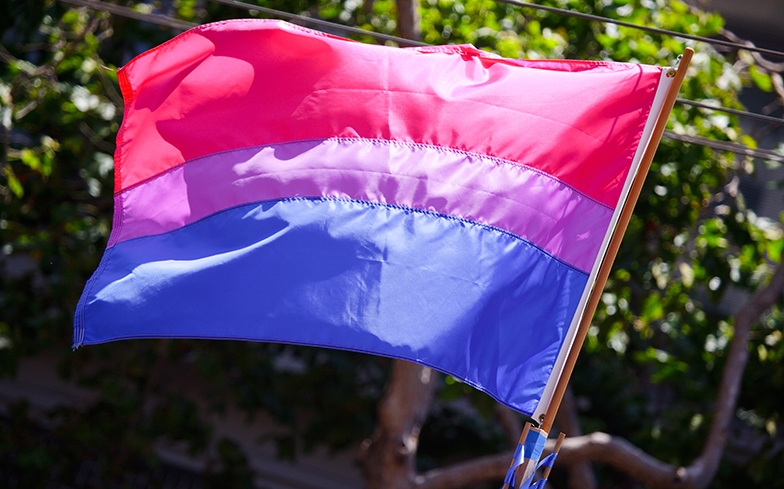
Sure, we get articles about x celebrity coming out as bisexual, but it’s a general ‘Oh, this person isn’t straight’ and most of the time doesn’t actually address any issues, maybe touching upon bi-erasure if we’re lucky. This year, one of the stories about the bi+ community that received the largest amount of media coverage was a study proving that bisexual men exist, and although it was well-intentioned, the media coverage was almost demeaning.
It was presented as a massive victory for the bisexual community, but like, I’m a bisexual man, I know I exist. I don’t need some study from a scientist who went into it not supporting male bisexuality to know I’m real. It should be laughable that this became a big LGBTQ+ story, but really it’s just depressing that once again our identity is up for debate just because someone who isn’t bi has decided we can’t possibility exist. And let’s face it, if you’re up against a biphobe, presenting one scientific report is hardly going to make them recount their ways.
Of course, we made endless memes and jokes about it, but when something that couldn’t just be laughed off and had a palpable negative impact, everything went silent. If you talk to someone outside of the bi community, they’d probably have no idea how this year our leading advocacy organisation, BiNet USA managed to completely implode.
Bi-erasure is still a massive issue faced by us, and while it is still great to see many publications trying to help with this, it’s not the only issue that we face.
In a series of posts in April, the organisation’s president wrote that BiNet USA was claiming ownership over the bisexual pride flag, and began targeting independent bisexual creators and the Human Rights Campaign for using the flag. Furthermore, the Twitter account is now advocating joining the #WalkAway campaign and Parler, the social media app where all the far-right people flock to when Twitter finally takes action against them.
This might sound like one organisation getting too big for itself and overextending, but for us in the bi+ community, it’s the equivalent of if Stonewall claimed ownership of the rainbow flag and pursued legal action against anyone using it. This organisation, which dates back to 1990, played pivotal roles in increasing bi visibility, especially in America. It should’ve been one of the biggest queer stories of the year, instead it received limited coverage that barely penetrated outside of bi+ circles.
Coming into this Bi Visibility Week, some areas of articles topics have gotten better, with there being more nuanced takes from actual bisexual people talking about their lives further than what popular misconception annoys them the most. Hopefully this will be the norm going forward, because otherwise the thing that will be annoying this bisexual the most is having to debunk another lazy stereotype for someone’s last-minute Bi Visibility Day post.
